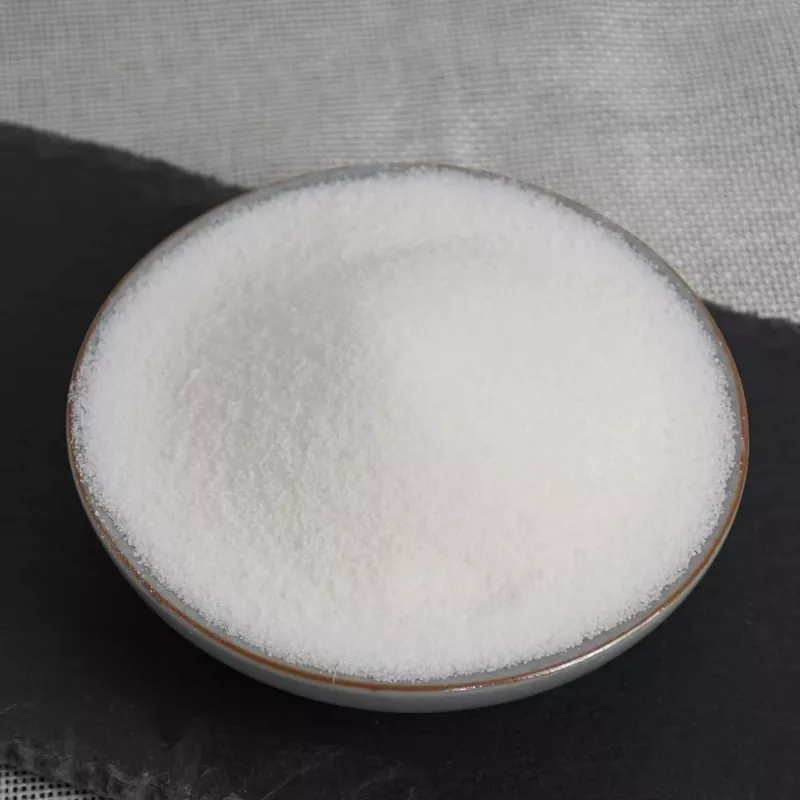What Additives Are Added to PVC?
2024-11-29
Polyvinyl chloride (PVC) is one of the most widely used plastics in the world. To enhance its properties for specific applications, various additives are mixed with the base polymer during the manufacturing process. These additives can modify the rigidity, flexibility, color, durability, UV resistance, flame resistance, and other characteristics of PVC products. Below are the most common additives used in PVC formulation:

1. Plasticizers
- Purpose: Plasticizers are added to PVC to make it more flexible, soft, and easier to process. Without plasticizers, PVC is rigid and brittle, which is why flexible PVC products (like hoses, flooring, and wires) require these additives.
- Common Plasticizers: The most commonly used plasticizers in PVC are phthalates (such as di-2-ethylhexyl phthalate or DEHP), citric acid esters, and adipates.
- Applications: Flexible PVC products, such as pipes, flooring, medical tubing, wire coatings, and toys.
2. Stabilizers
- Purpose: PVC is sensitive to heat and UV light, and it can degrade during processing or exposure to sunlight. Stabilizers are used to prevent this degradation and extend the lifespan of PVC products.
- Heat Stabilizers: Prevent degradation during the processing of PVC at high temperatures. Without stabilizers, PVC can discolor, become brittle, and lose its properties.
- UV Stabilizers: Protect PVC products from degradation caused by UV radiation from sunlight, preventing color fading, cracking, and embrittlement.
- Common Stabilizers:
- Calcium-zinc stabilizers: Non-toxic, often used in food-contact or medical applications.
- Lead-based stabilizers (less commonly used today due to health concerns).
- Tin-based stabilizers: Preferred for food-contact or medical products due to their non-toxic nature.
- Applications: Outdoor PVC products, such as siding, roofing, and garden hoses, as well as medical and food packaging.
3. Fillers
- Purpose: Fillers are used to reduce the cost of PVC by replacing a portion of the polymer with cheaper materials. They also enhance specific properties such as hardness, bulk, and flame resistance.
- Common Fillers:
- Calcium carbonate: A common filler that improves processing properties and adds bulk without significantly affecting flexibility.
- Talc: Used in some PVC products to improve rigidity and reduce shrinkage during processing.
- Clay: Sometimes used in PVC formulations to improve mechanical properties and reduce costs.
- Applications: Rigid PVC pipes, profiles, and windows, as well as some medical products.
4. Impact Modifiers
- Purpose: Impact modifiers are added to PVC to improve its toughness and resistance to cracking or breaking under stress, especially at lower temperatures.
- Common Impact Modifiers:
- Acrylonitrile-butadiene-styrene (ABS): Used to increase impact resistance and improve the processing of PVC.
- MBS (Methyl Methacrylate Butadiene Styrene): Adds toughness without significantly reducing the clarity of PVC.
- Applications: Rigid PVC products, including windows, doors, pipes, and siding, where improved impact resistance is needed.
5. Flame Retardants
- Purpose: Flame retardants are added to PVC to reduce its flammability and slow down the spread of fire. This is especially important in electrical and construction applications where fire safety is a concern.
- Common Flame Retardants:
- Chlorinated paraffins: Used to improve the flame resistance of PVC products.
- Phosphates: Act as flame retardants by releasing non-combustible gases during combustion.
- Antimony trioxide: Often used in combination with other flame retardants to improve performance.
- Applications: Electrical cables, wires, and building materials like roofing and flooring.
6. Colorants and Dyes
- Purpose: Colorants and dyes are used to give PVC products specific colors. These additives do not usually affect the physical properties of PVC but provide aesthetic appeal or help with identification (e.g., color-coded wires or pipes).
- Common Colorants:
- Pigments: Solid colorants that provide vibrant and durable colors. They can be organic or inorganic.
- Dyes: Soluble colorants, often used in clear or translucent PVC formulations, though they tend to be less durable than pigments.
- Applications: Consumer goods, toys, packaging, and colored pipes or wires.
7. Processing Aids
- Purpose: Processing aids are added to improve the processability of PVC and reduce friction during manufacturing. These additives help to optimize flow, reduce die build-up, and improve surface appearance.
- Common Processing Aids:
- Lubricants: Used to reduce friction between the material and processing equipment.
- Molecular Lubricants: Improve the flow properties of PVC, allowing for better processing and reducing degradation.
- Applications: PVC used in extrusion processes, such as pipes, films, and sheets.
8. Antioxidants
- Purpose: Antioxidants are added to prevent the oxidation of PVC, which can occur over time and lead to degradation. This is particularly important for PVC products exposed to heat, light, or air.
- Common Antioxidants:
- Phenolic antioxidants: Effective at preventing oxidative degradation in PVC, especially during long-term use or processing.
- Applications: Used in the production of durable PVC products like pipes, automotive parts, and exterior building materials.
9. Anti-Static Agents
- Purpose: Anti-static agents are used to reduce the buildup of static electricity on PVC products. Static charge can attract dust and dirt, compromising the appearance and cleanliness of PVC products.
- Common Anti-Static Agents: Fatty acid esters, amine-based additives, or conductive carbon black.
- Applications: PVC films, flooring, and other surfaces where dust and static charge could be problematic.
10. Biocides and Fungicides
- Purpose: Biocides and fungicides are added to PVC to prevent microbial growth, mold, or mildew, which can degrade the material or cause health concerns, especially in humid or outdoor environments.
- Common Biocides: Silver-based compounds, fungicide additives, and copper-based compounds.
- Applications: Outdoor PVC products, such as window profiles, pipes, and flooring in humid areas.
Conclusion
PVC is a versatile material that can be tailored for a wide range of applications by adding various additives to adjust its physical properties. These additives are essential in making PVC suitable for use in everything from plumbing pipes and electrical cables to medical devices and flooring. The right combination of plasticizers, stabilizers, fillers, and other additives allows manufacturers to create PVC products that meet specific performance requirements, whether it’s flexibility, durability, flame resistance, or aesthetic appeal.


